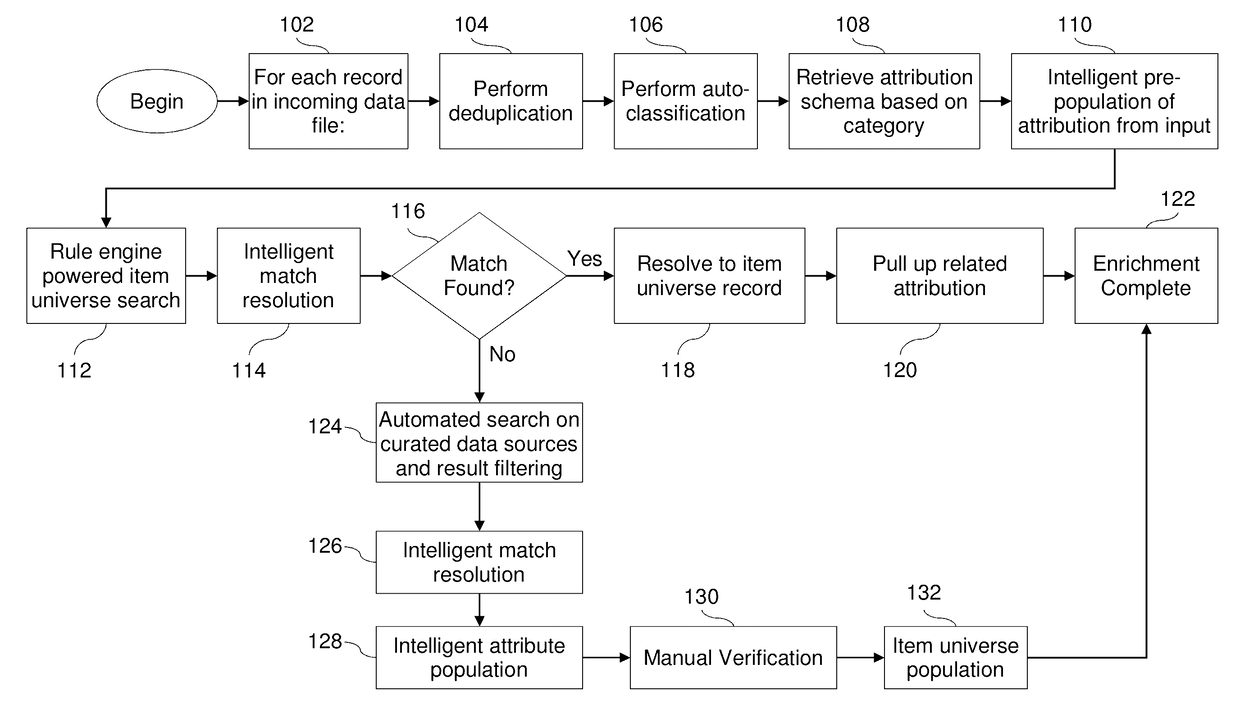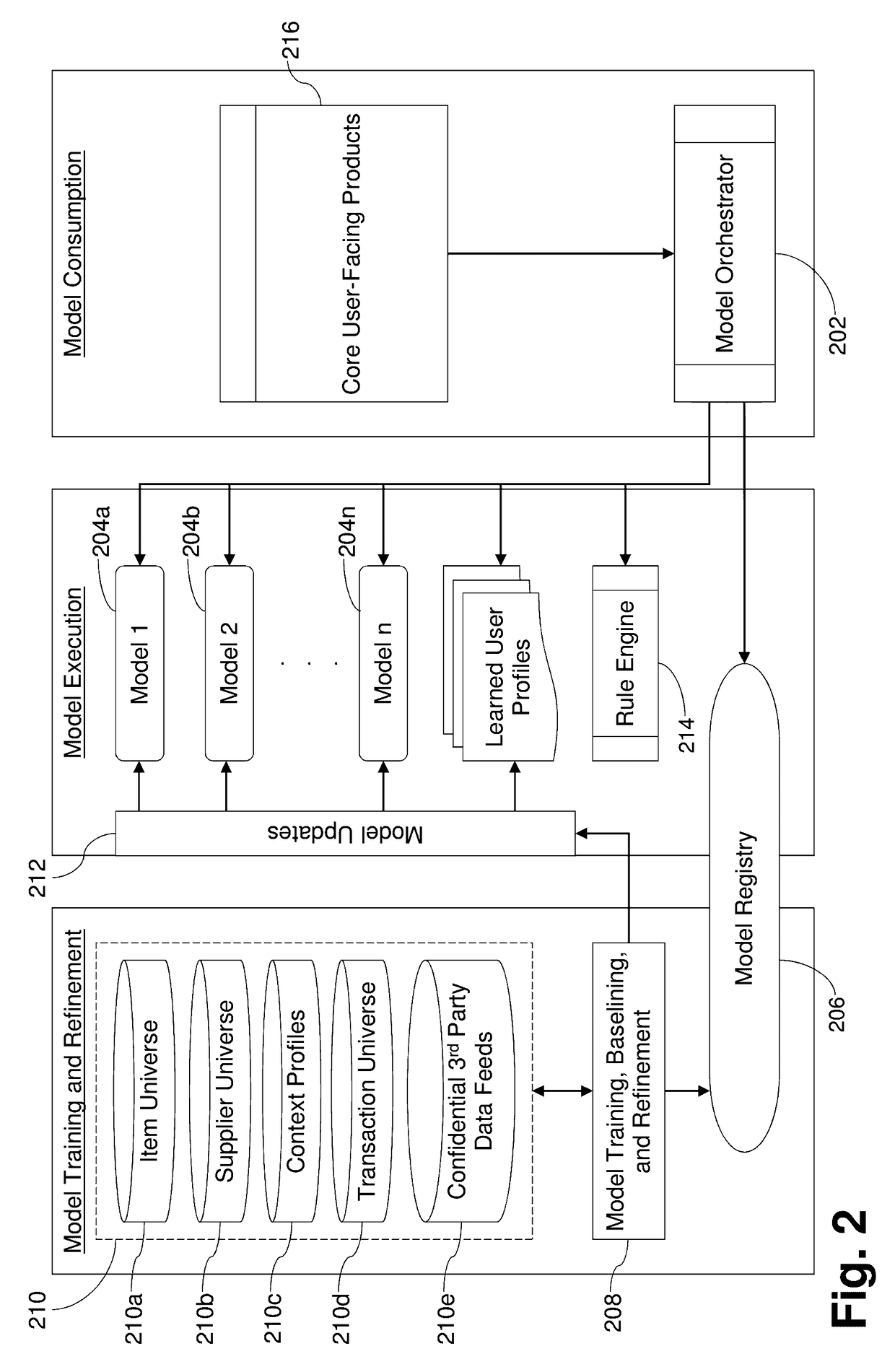Model stacks for automatically classifying data records imported from big data and/or other sources, associated systems, and/or methods
a technology of data records and model stacks, applied in multi-dimensional databases, instruments, knowledge representation, etc., can solve problems such as unfavorable healthcare procurement, difficult and sometimes even impossible to process using conventional database systems, and insufficient traditional data processing applications, etc., to facilitate definition, creation, querying, updating, etc.
- Summary
- Abstract
- Description
- Claims
- Application Information
AI Technical Summary
Benefits of technology
Problems solved by technology
Method used
Image
Examples
Embodiment Construction
[0023]Certain example embodiments provide a multi-component technology platform that works on sparse, ill-formed, unstructured data to turn it into actionable data and insights within a short period of time. In this regard, certain example embodiments include a set of complex subsystems working with alone and / or with each other. As described in greater detail below, various ones of the subsystems are powered by machine learning, mathematical, and domain context models. Certain subsystems may be self-learning in nature, e.g., so that the ability to manage imperfect or bad data is improved over time.
[0024]Technical aspects underlying the technology disclosed herein will become more apparent when described in connection with the example scenario that follows, which involves spend data used for procurement purposes. As will become more apparent from the description below, this example scenario includes, among other things, ingesting and processing information from a variety of different...
PUM
 Login to View More
Login to View More Abstract
Description
Claims
Application Information
 Login to View More
Login to View More - R&D
- Intellectual Property
- Life Sciences
- Materials
- Tech Scout
- Unparalleled Data Quality
- Higher Quality Content
- 60% Fewer Hallucinations
Browse by: Latest US Patents, China's latest patents, Technical Efficacy Thesaurus, Application Domain, Technology Topic, Popular Technical Reports.
© 2025 PatSnap. All rights reserved.Legal|Privacy policy|Modern Slavery Act Transparency Statement|Sitemap|About US| Contact US: help@patsnap.com



